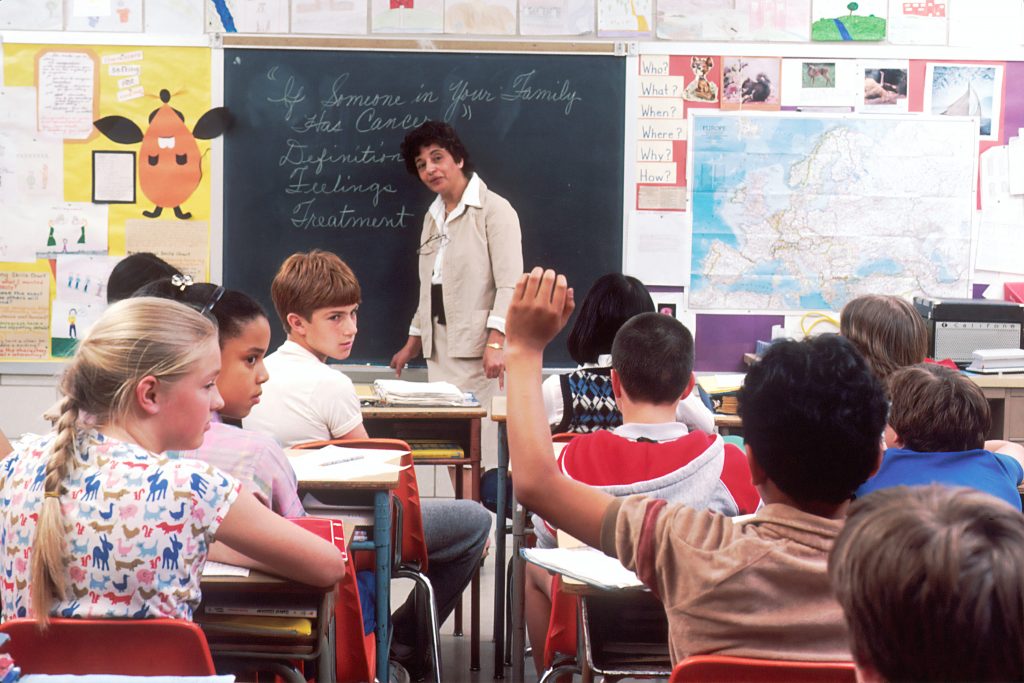3.2 Powerful Learning

The concept of powerful teaching is not necessarily about exceeding the limit, rather about using being effective. The concept of powerful teaching is not necessarily about exceeding the limit, but rather about being effective.
What is the best way for learning to have an impact on students? How do we make learning impactful for learners? One way is to go beyond the structure of the classroom to find this impact through what is called powerful learning. Powerful learning comes from Will Richardson and relates to deep learning that requires a personal interest, and free learning with no limits. Furthermore, it provides passion, personal investment, and a connection to real-world applications[3]. This opens up a dialogue on how educators should engage with learning in schools and elsewhere. The autonomy of the educator to craft learning, align practices, and attempt to take learning beyond classroom walls is key to its implementation. Inside the classroom, the divergent methods of experiential learning bring a powerful presence into the classroom.
Powerful learning delves deeper into people’s epistemological boundaries which are tested and expanded. Similarly, the role of experiential education relates closely to powerful learning. Philip Jackson outlines the relationship between powerful learning and experiential education by describing the day-to-day process of learning as it is connected to the life of the student. Furthermore, outlining the classroom as more than a physical environment, rather an educational social atmosphere allows students to connect and engage in learning, rather than just take part in the process of classwork[4]. Similarities can be found between the concept of powerful learning and experiential learning when attempting to expand learning beyond the classroom walls, both literally and theoretically.
| Powerful Learning | Experiential Learning |
|---|---|
|
|
There are also interdisciplinary implications towards powerful learning, given its ability to push the boundaries of disciplinary knowledge. Where powerful learning can grow is through educational policy on sustainable development through instructional design from teachers and administrators. Researchers in Belgium integrate the interdisciplinary model of sustainable education to guide pedagogy towards a Holism-Pluralism-Action Orientation (HPAO), which moves towards a coherent vision for students’ competency with actionable and integrated teaching to enhance learning[5]. The HPAO method bridges the gap between logical understanding and holistic integration to expand learning further than schools allow. This is done by introducing meaningful pedagogical concepts, like experiential or interdisciplinary learning, that connects to life and society.
There are several ways powerful learning is practical and relatable. Examples can be found in teachers’ expectations of content compared to student realities of content. Ambrose et al. chronicle the use of teaching towards students who may, or may not, have experience with content. Connecting prior knowledge (i.e., experiential learning) with the freedom and autonomy to pursue their learning effectively suggests that students make better connections when activating prior knowledge[6]. With this understanding, powerful learning can be more than just a phenomenon in the classroom. Rather, it can be a measurable tool used within teaching and learning frameworks. Below, select the characteristics that lead to powerful learning.

